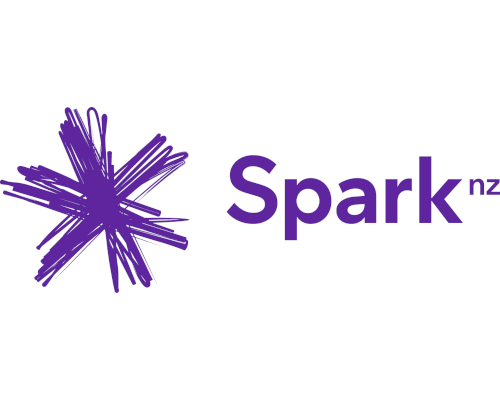Media Release
16 March 2017
Spark building next generation mobile network as 90% 4G coverage target reached
Spark has welcomed news today from Communications Minister Simon Bridges that the target of ninety per cent of New Zealanders having access to 4G has been reached ahead of schedule, and the company is already taking the first steps towards the next evolution of mobile technology – 4.5G.
The Spark 4G network, which currently covers over 93% of the places New Zealanders work, live, and play, gives peoplebetter and faster access to mobile services, helping them to stay connected with family, friends, and colleagues. It also gives them more options for internet connections with Spark Wireless Broadband.
Spark General Manager of Networks, Colin Brown, says the company is committed to delivering high-quality mobile services to as many New Zealanders as possible, and while the 4G rollout is continuing, the company is also turning its attention to the next generation of mobile services.
“We are proud to do our bit to get more 4G to more people. In particular, our 700MHz deployments are bringing more connectivity to people in rural areas, and our 2300MHz spectrum has already been deployed to 44 sites to give people all over New Zealand more capacity for mobile data and more options for wireless broadband.
“But we’re always looking forward too. We are the first and only provider in New Zealand to give people a taste of the future with 4.5G, which provides more capacity and faster mobile speeds, with speeds of over 1Gbps possible as devices catch up to the network in the future. This technology is now operating on two sites – one in central Christchurch and the other in Silverdale – and we’ll be rolling it out to more New Zealanders soon,” said Brown.
ENDS
Notes to Editor:
What is 4.5G
4.5G is an evolution on 4G. Spark is delivering it over a wide range of its spectrum assets, including the recently acquired 2300MHz spectrum by utilising “Carrier Aggregation” technology (using multiple bands of spectrum simultaneously to increase speeds and capacity), 4x4 MIMO (utilising multiple antennae simultaneously to multiply available capacity), and 256 QAM (or Quadrature Amplitude Modulation, which improves the efficiency of radio transmissions and allows for more speed).



 Science Media Centre: Cyclone Gabrielle's Impacts On NZ's Ecosystems - Expert Reaction
Science Media Centre: Cyclone Gabrielle's Impacts On NZ's Ecosystems - Expert Reaction RNZ: Parts Of Power System Could Be Out For 36 Hours In Event Of Extreme Solar Storm
RNZ: Parts Of Power System Could Be Out For 36 Hours In Event Of Extreme Solar Storm NZAS: New Zealand Association Of Scientists Awards Celebrate The Achievements Of Scientists And Our Science System
NZAS: New Zealand Association Of Scientists Awards Celebrate The Achievements Of Scientists And Our Science System Stats NZ: Retail Spending Flat In The September 2024 Quarter
Stats NZ: Retail Spending Flat In The September 2024 Quarter Antarctica New Zealand: International Team Launch Second Attempt To Drill Deep For Antarctic Climate Clues
Antarctica New Zealand: International Team Launch Second Attempt To Drill Deep For Antarctic Climate Clues Vegetables New Zealand: Asparagus Season In Full Flight: Get It While You Still Can
Vegetables New Zealand: Asparagus Season In Full Flight: Get It While You Still Can 



